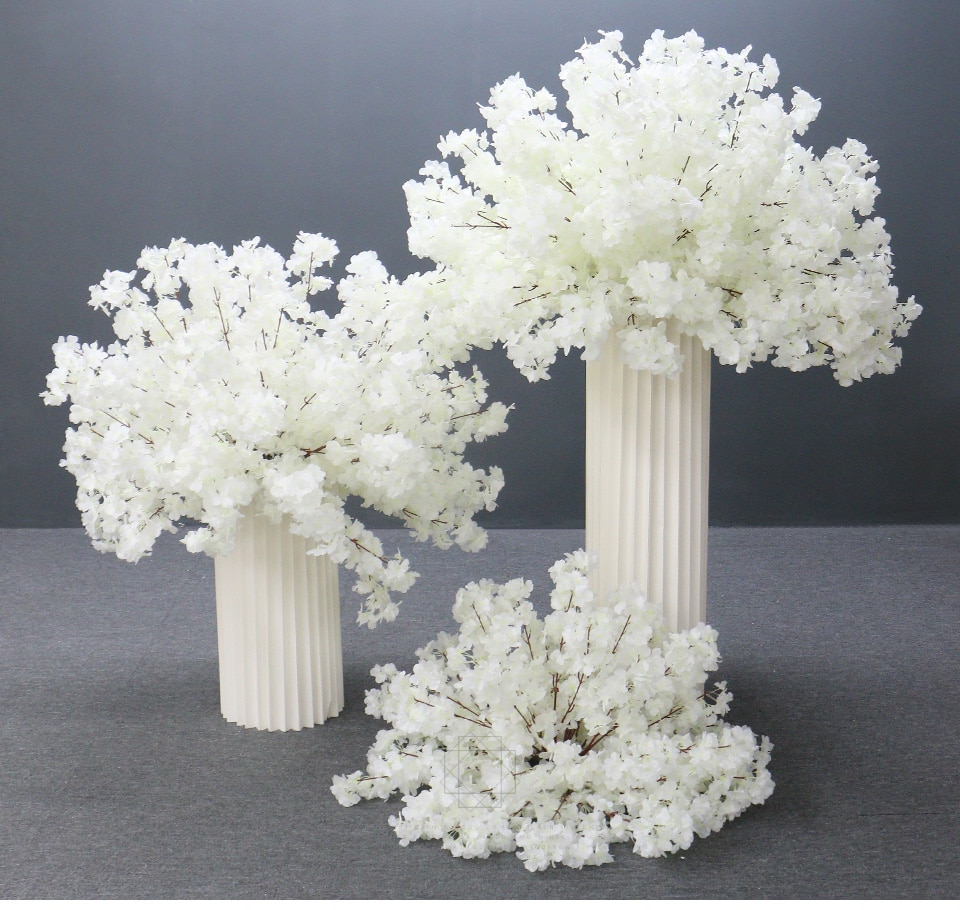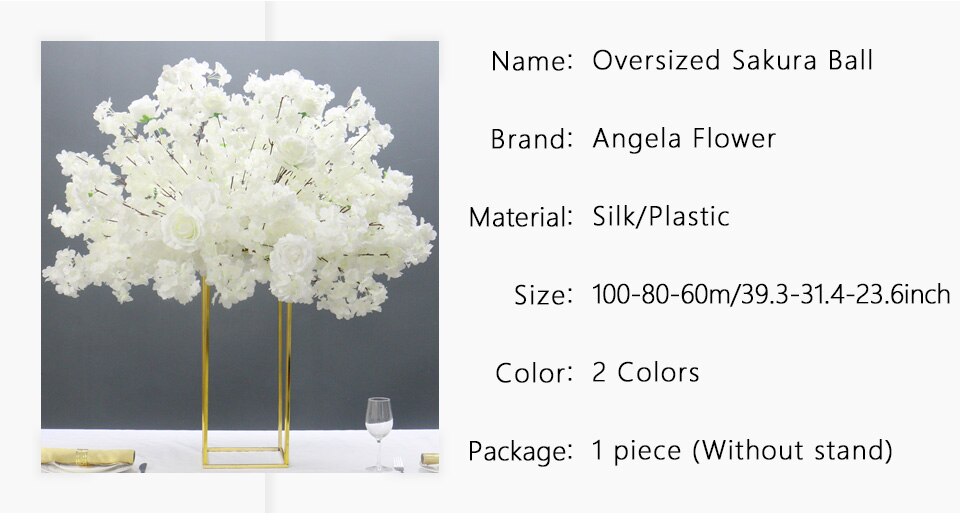can water flow through artificial turf?
Yes, water can flow through artificial turf. Artificial turf is designed with a permeable backing that allows water to pass through it. This allows for proper drainage and prevents water from pooling on the surface.
1、 Permeability of artificial turf to water flow
Permeability of artificial turf to water flow has been a topic of discussion and research in recent years. Artificial turf is designed to mimic the look and feel of natural grass while providing a low-maintenance alternative. However, concerns have been raised about its ability to allow water to flow through effectively.
Traditionally, artificial turf has been criticized for its poor drainage capabilities. The dense composition of the turf, combined with the lack of natural soil, can lead to water pooling on the surface. This can result in a range of issues, including increased risk of flooding, reduced playability, and potential damage to the turf itself.
However, advancements in technology and design have led to the development of more permeable artificial turf systems. These newer systems incorporate features such as perforated backing, which allows water to drain through the turf and into the underlying base. Additionally, some manufacturers have introduced infill materials that are designed to enhance drainage and prevent water from pooling on the surface.
While these improvements have addressed some of the concerns regarding water flow, it is important to note that the permeability of artificial turf can vary depending on the specific product and installation. Factors such as the type and quality of infill, the base construction, and the maintenance practices can all impact the overall drainage performance.
In recent years, there has been a growing emphasis on sustainable and environmentally friendly turf systems. This has led to the development of artificial turf products that are specifically designed to promote water conservation and efficient drainage. These systems often incorporate features such as recycled materials, permeable backing, and advanced drainage technologies.
In conclusion, the permeability of artificial turf to water flow has improved over time with advancements in technology and design. While some older systems may still have poor drainage capabilities, newer products are being developed to address these concerns. It is important to consider the specific product and installation when evaluating the water flow capabilities of artificial turf.

2、 Drainage systems in artificial turf for water flow
Drainage systems in artificial turf allow water to flow through the surface, preventing water accumulation and ensuring proper drainage. These systems are designed to mimic the natural drainage process that occurs in real grass, allowing rainwater or any other form of moisture to seep through the turf and into the ground below.
Artificial turf is typically constructed with a permeable backing material that allows water to pass through. This backing is often made of materials such as polypropylene or polyethylene, which are porous and allow water to flow freely. Additionally, the turf fibers themselves are designed to be water-resistant, preventing water from being absorbed and causing the turf to become waterlogged.
The drainage systems in artificial turf consist of a combination of base materials, such as crushed stone or gravel, and perforated pipes. These materials are installed beneath the turf to create a sub-base that facilitates water drainage. The perforated pipes act as conduits, allowing water to flow away from the surface and into a designated drainage area, such as a stormwater system or a nearby natural water source.
The latest advancements in artificial turf technology have further improved the drainage capabilities of these systems. Some manufacturers now incorporate advanced drainage features, such as specialized infill materials or additional drainage layers, to enhance water flow and prevent any potential issues with water accumulation.
Overall, the drainage systems in artificial turf are designed to efficiently manage water flow, preventing the surface from becoming waterlogged and ensuring a safe and functional playing or recreational area.

3、 Factors affecting water flow through artificial turf
Water can flow through artificial turf, but the rate and efficiency of water flow can be influenced by several factors.
The first factor is the type of artificial turf. Some types of artificial turf are designed with a permeable backing that allows water to flow through more easily. These types of turf are often used in sports fields or landscaping applications where water drainage is important. On the other hand, some types of artificial turf have a non-permeable backing, which can hinder water flow and require additional drainage systems to be installed.
Another factor that affects water flow through artificial turf is the infill material used. Infill materials such as sand or rubber granules can help to improve water flow by creating channels for water to pass through. However, if the infill material becomes compacted or clogged with debris over time, it can impede water flow and lead to poor drainage.
The installation process also plays a role in water flow through artificial turf. Proper installation techniques, such as ensuring a level base and using the correct amount of infill material, can help to promote water drainage. Additionally, the slope of the area where the artificial turf is installed can affect water flow. If the area is sloped correctly, water will naturally flow away from the turf and prevent pooling or flooding.
Lastly, maintenance practices can impact water flow through artificial turf. Regular brushing and raking of the turf can help to prevent the infill material from becoming compacted and allow for better water drainage. Additionally, keeping the turf clean and free of debris can prevent clogging and ensure optimal water flow.
In recent years, there has been a growing interest in developing more sustainable and environmentally friendly artificial turf systems. Some manufacturers are now incorporating advanced drainage technologies into their products, such as perforated backing or specialized infill materials that enhance water flow. These innovations aim to improve the overall performance and longevity of artificial turf while minimizing the impact on water drainage.

4、 Maintenance practices to ensure water flow in artificial turf
Yes, water can flow through artificial turf. Artificial turf is designed with a permeable backing that allows water to drain through it. This is achieved through the use of small perforations or holes in the backing material. These perforations allow water to pass through the turf and into the underlying drainage system.
However, it is important to note that the rate at which water can flow through artificial turf may vary depending on the specific product and installation. Some artificial turf systems are designed to have a higher drainage capacity than others. It is recommended to consult with the manufacturer or installer to ensure that the artificial turf being used has adequate drainage capabilities.
Maintenance practices play a crucial role in ensuring proper water flow in artificial turf. Regular maintenance, such as brushing and grooming the turf, helps to prevent the accumulation of debris and compaction of the infill material. This allows water to flow more freely through the turf and into the drainage system.
Additionally, periodic deep cleaning of the artificial turf can help maintain its drainage capabilities. This involves using specialized equipment to remove any contaminants or buildup that may be obstructing the drainage holes. It is important to follow the manufacturer's guidelines for deep cleaning to avoid damaging the turf.
In recent years, there has been a growing focus on improving the drainage capabilities of artificial turf. Some manufacturers have introduced new technologies and materials that enhance water flow and drainage. These advancements aim to address concerns about water pooling on the surface of the turf and improve the overall performance and durability of artificial turf systems.
Overall, proper maintenance practices and advancements in artificial turf technology can ensure effective water flow through artificial turf, allowing for efficient drainage and preventing issues such as water pooling or flooding.









































Leave your comment